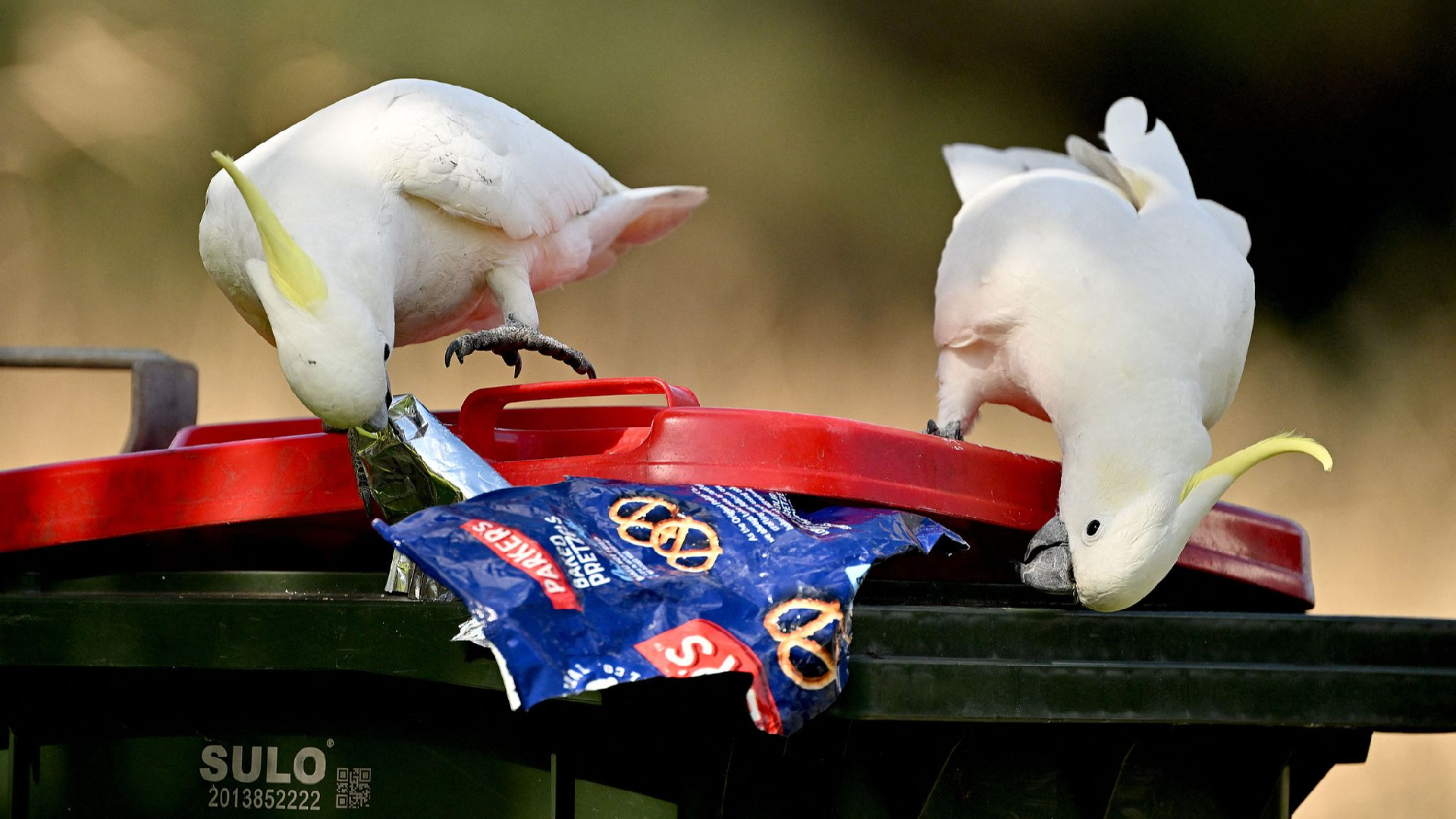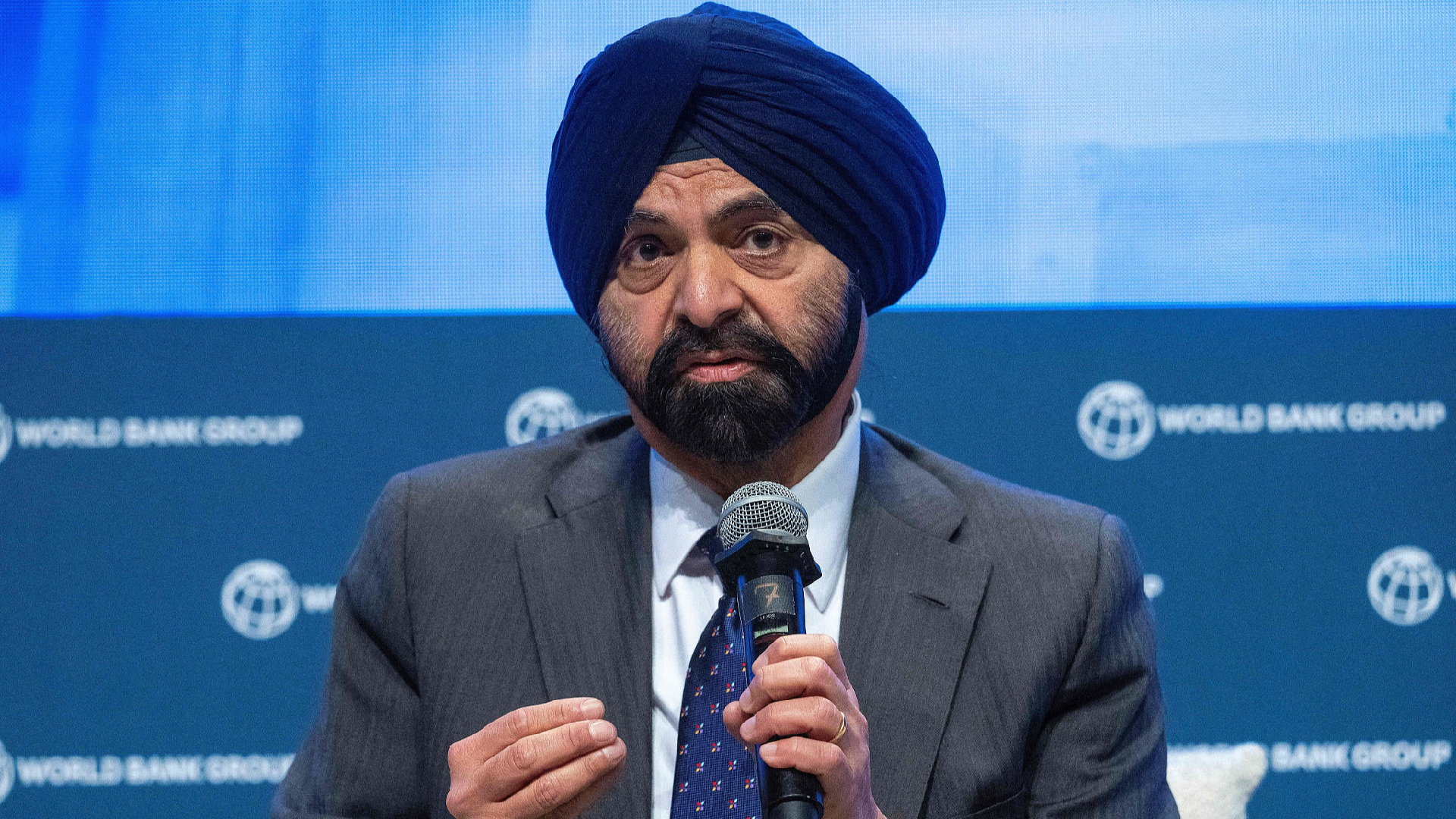New Satellite Instrument Identifies Plastic Waste on Beaches
Australian researchers have unveiled a new satellite-based tool, published on Thursday, designed to detect plastic waste on beaches, thereby enhancing clean-up efforts. This technology leverages satellite imagery to distinguish plastic debris from natural materials on shorelines, offering an effective approach to combat the rising issue of coastal pollution.

While existing satellite technology can trace plastic waste floating in the ocean, it faces challenges in identifying plastic on shorelines, where debris often camouflages with the sand. The BPDI addresses this issue by utilizing high-definition data from the WorldView-3 satellite, which orbits the Earth at an altitude of 617 kilometers. This capability enables researchers to accurately distinguish plastic from natural beach materials.
In their testing, researchers placed 14 plastic targets, each covering an area of approximately two square meters, along a beach in Victoria, Australia. These targets represented various types of plastic and were smaller than the satellite’s pixel size of about three square meters. The BPDI was evaluated against three existing indices designed for identifying plastic, and it outperformed all of them, demonstrating its enhanced ability to detect plastic-contaminated zones, even in complex environments with shadows and water.
Lead researcher Jenna Guffogg, PhD, emphasized the harmful effects of plastic on beaches for wildlife, as animals frequently mistake it for food or become entangled. "Remote island beaches have some of the highest plastic densities in the world, and we're seeing more plastic waste on the remote shorelines of northern Australia," Guffogg stated. She also conveyed the urgency of removing plastic, as it eventually degrades into micro and nanoplastics, further damaging ecosystems.
Co-author Mariela Soto-Berelov, PhD, pointed out the broader implications of this research. She noted that the capability of satellite imagery to consistently cover vast and remote areas positions it as an effective resource for monitoring plastic pollution. Such insights can aid in understanding where plastic accumulates and facilitate the planning of clean-up operations, thereby supporting global efforts to safeguard oceans and coastlines.
The need for efficient plastic detection tools is increasingly pressing as pollution continues to escalate. The UN Environment Programme estimates that between 75 to 199 million tonnes of plastic currently contaminate our oceans, with projections indicating that waste could soar from 9 million to 14 million tonnes per year in 2016 to a staggering 23 million to 37 million tonnes annually by 2040 if current production and disposal practices remain unchanged. The BPDI offers a scalable approach for tracking and eliminating plastic waste, and the team from RMIT is actively seeking partnerships for real-world applications.
Guffogg conducted the study as part of her PhD at RMIT University and the University of Twente in the Netherlands. The research received support from the Australian Government Research Training Program, and satellite imagery was provided by DigitalGlobe.
Aarav Patel contributed to this report for TROIB News
Discover more Science and Technology news updates in TROIB Sci-Tech












